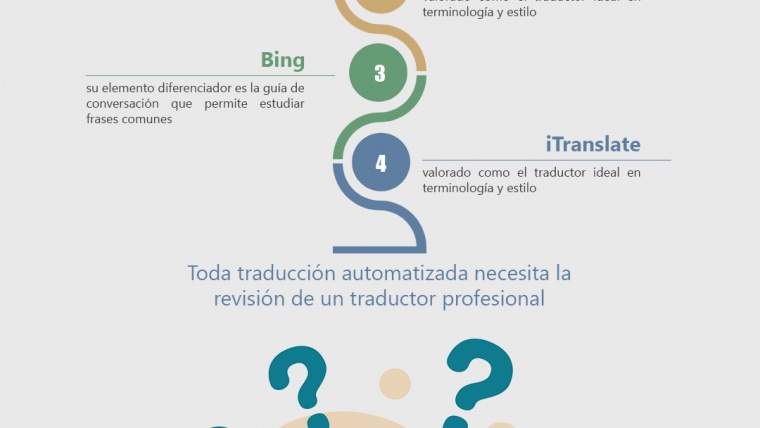Have you ever been to a conference, or seen on TV a reunion where some participants are wearing headphones? Have you ever wondered what they are listening to? Who is behind those artifacts? The answer is simple, the one who assumes the role of a communication bridge is a simultaneous interpreter.
What is simultaneous interpretation?
“Simultaneous interpretation” is the action of translating and transmitting a message orally from one language to another (from the source language to the target language), at the same time as the speaker is delivering the message in the source language. Therefore, simultaneous interpreters are the professionals in charge of listening to a speech and translating it into the desired language immediately, with only a few seconds of delay. Although it has become popular to use the term simultaneous translator, a mistake is being made. This is due to the fact that the translation is written, being done on a certain text and with the necessary time to analyze the subject matter and the lexicon used. While in simultaneous interpretation there is no such time frame, the content is transmitted orally and immediately, transferring the speech that someone delivers in one language to another.
Requirements you must meet to be a good simultaneous interpreter.
In the translation sector there is the idea that to be an interpreter you must be born with a series of skills and qualities that will improve over time and if you do not have them, it will be very difficult to develop them. In other words, there is a fairly widespread concept, of course, that the interpreter is born and rarely made. Some examples are:
- Being curious and impartial
- Having nerves of steel
- Good reflexes and mental speed
- Great capacity for concentration, continuous study and work
- Being highly cultured
- Have a deep knowledge of languages, both active and passive, with the sayings, turns of phrase and double meanings they possess
- Master at least 3 languages
If you have these qualities and want to have an ace up your sleeve when it comes to performing your job in this sphere, read on.
Tricks that will be useful for you to achieve excellence in this branch of interpretation:
Fidelity to the speaker, by no means you can change what is said.
Read a lot of press from different sources.
Keep up to date with national and international events.
Study the topic to be addressed, the curriculum and the history of participants before the event.
Speak in a low tone. This will be appreciated by the receiver’s ear, and it will also allow you to hear the speaker while transmitting the speech through the microphone.
Do not put headphones in both ears, ideally you should be able to hear the speaker and yourself so that you do not make linguistic mistakes.
Always wait until the speaker starts, making a delay that allows you to interpret the idea of the message.
Close all sentences. Under no circumstances can you leave a sentence incomplete.
Have rhythm, clarity and intonation according to the original message.
The improvement in this branch of translation is based on constant practice and study. Never stop doing it!


